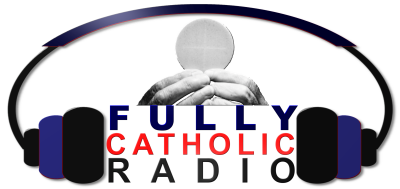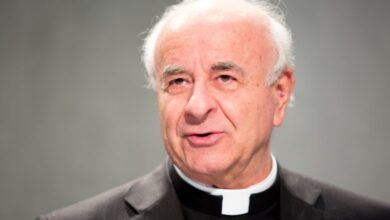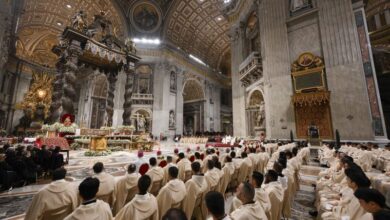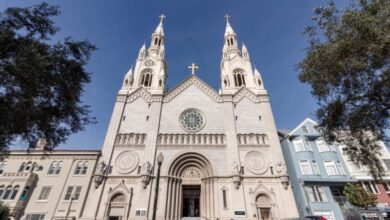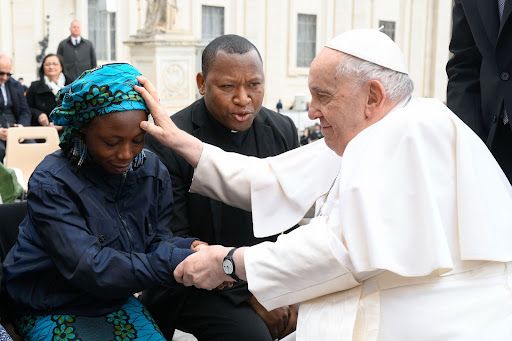As home schooling soars in U.S., Catholic schools struggle to recover from pandemic

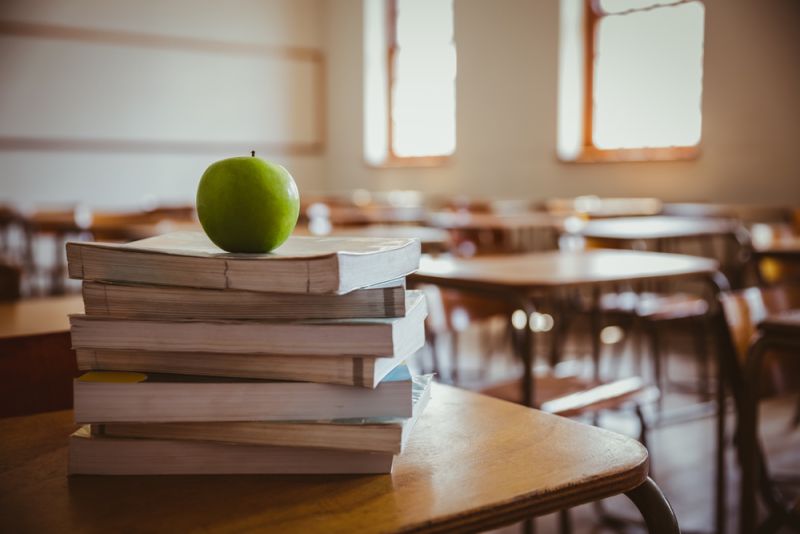 null / Credit: ESB Professional/Shutterstock
null / Credit: ESB Professional/Shutterstock CNA Staff, Nov 18, 2023 / 06:00 am (CNA).
As Catholic schools struggle to reach pre-pandemic student enrollment levels, Catholic home education appears to be enjoying a small renaissance, in keeping with trends showing an ongoing spike in home schooling across the U.S.
The Washington Post last month reported that home schooling is by far the “fastest-growing form of education” in the United States, with double-digit increases in home-school enrollment seen in a majority of U.S. states over roughly the past five years.
That increase crosses “every measurable line of politics, geography, and demographics,” the Post said, with the paper estimating “between 1.9 million and 2.7 million home-schooled children in the United States.”
“By comparison,” the paper said, “there are fewer than 1.7 million in Catholic schools, according to the National Catholic Educational Association” (NCEA).
Catholic school enrollment today
Margaret Kaplow, a spokeswoman for the NCEA, told CNA that the organization has “been seeing a two-year uptick in Catholic school enrollment, so we aren’t seeing a drop.” But data from the organization show Catholic schools still falling short of enrollment numbers that existed prior to the COVID-19 pandemic.
Kaplow shared the NCEA’s latest data brief, one that stated that “although 60 of the 175 Catholic school dioceses saw an increase of 1.0% or greater in enrollment since 2019-2020, nationwide Catholic school enrollment is still 2.6% lower than pre-pandemic levels.”
The organization’s data show nearly 1.8 million Catholic school students in the 2018-2019 school year, which plummeted to about 1.6 million in the 2020-2021 year amid the start of the COVID-19 crisis, before rebounding slightly to just under 1.7 million this year.
Kaplow said 2023-2024 data, currently gathered from about a third of dioceses, indicate “a less than 1% decrease in enrollment.”
“Without a separate study, we can’t know the reasons for this,” she said, “but [we] likely are seeing a post-COVID shrinkage in enrollment.”
The NCEA’s brief noted that Catholic education enrollment “has varied widely since the pandemic, with Southeast region’s enrollment up 1.7% and Mideast region down 7.5% from 2019-2020.”
Mary Pat Donoghue, the executive director for the U.S. Conference of Catholic Bishops’ (USCCB) Secretariat of Catholic Education, told CNA in a phone interview that Catholic schools “have lost enrollment really for the last five or six decades.”
“That has been a long-term trend,” she said. “The pandemic was very devastating, as it was to many, many organizations, especially for schools that were sort of on the margins. So we lost a lot of schools all at once, to the tune of around 6.4% of enrollment.”
The uptick in enrollment after the pandemic, Donoghue said, was due in part to “the fact that Catholic schools prioritized a safe reopening.”
“There was a priority to get kids back on campus and back in class,” she said. “I think that’s why you saw such a strong rebound.”
“We hope it stabilizes,” Donoghue said of enrollment numbers. “I think long-term, what Catholic schools really need to recognize is the important role they play in forming people — children who will then be adults, with a Catholic worldview.”
“I think that’s where our opportunity lies,” she said. “I think we need to dig into our own tradition, our treasury of culture, of art, of scientific discoveries, and work to strengthen that, so that when this generation of kids ages into adulthood they will have a sense of vocation and a sense of calling.”
Catholic home schooling on the rise
The COVID-19 crisis disrupted nearly the entirety of the U.S. education system, with most schools throughout the country shutting down in the early spring of 2020 and reopening with either fully remote or “hybrid” learning setups for many months.
Amid the protracted chaos of closures and reopenings, many families opted for home schooling, which, according to the Post, “remains elevated well above pre-pandemic levels.”
A growing number of families, meanwhile, are opting to take up specifically Catholic home education programs. Everett Buyarski, the academic services director for the Catholic home school organization Kolbe Academy, said the company has seen “an 11% growth in families this year over last year.”
Kolbe offers what it says is an “authentically Catholic, classical home education” program, giving enrollees access to an “orthodox curriculum and faithful faculty and staff.” Buyarski said a review of its recent spike in enrollment indicates “about a quarter of those came to us from Catholic schools.”
“The largest portion are home schoolers choosing to enroll with us who hadn’t previously, about 60%, while 15% came to us from public schools,” he said.
Buyarski said finances are often a “contributing factor” for a family’s decision to take up or leave home schooling, either for families who leave Catholic school to home school or when a home schooling parent has to return to work.
“It can also be the case that families have found that the local Catholic school wasn’t a good fit for their family’s needs, for a variety of reasons,” he said.
“The most common reasons we hear for families leaving public school are due to concerns with what is being taught at the school, or due to bullying or other behavioral/environmental considerations.”
Maureen Whittmann, the co-founder and co-director of the Catholic curriculum provider Homeschool Connections, told CNA that her organization is enjoying a long stretch of growth even after the upheaval of the pandemic cooled off.
“During the pandemic, of course, we saw a huge spike,” she said. “Post-pandemic we expected to see a big drop. We figured people would stay, but many would go back. But we continue to grow. We did not see a drop after the pandemic. Our numbers held steady and we’re continuing to see growth post-pandemic.”
Whittmann said “disenchantment” with both public and, in some cases, Catholic schools is a large part of what’s driving new families to their program.
“Once [families] get into home schooling they’re discovering they really love it,” she said. “They’re drawn into the family life.”
The pandemic, she said, “also made a lot of people realize that they could home school.”
“We saw at the start of the pandemic, parents who had been thinking about home schooling for a while and the pandemic forced them into it and they realized, ‘I can do this!’” she said.
Recovering from the post-pandemic slump
Though enrollment numbers in 2023 were still markedly lower than before the pandemic, Catholic schools still enjoyed a slight recovery in student numbers between the pandemic crash and now.
An EWTN News/RealClear Opinion Research poll of Catholic voters last year suggested that dissatisfaction with several aspects of public education could help explain that bump.
The poll found that 74% of Catholic voters were concerned about children suffering from an educational “COVID deficit” caused by the shift to online learning during the pandemic.
In its data brief, the NCEA pointed out that Catholic schools “have innovated in order to meet the needs of their communities.” Lincoln Snyder, the president and CEO of the NCEA, told CNA earlier this year that Catholic schools “work very hard to stay affordable.”
“I think that parochial schools in general across the country have done a really good job of trying to keep tuition into that range of essentially a car payment,” he said. “I mean, a lot of people are surprised that they can afford a Catholic school.”
Snyder told CNA that Catholic schools “always have to be vigilant in guarding a strong Catholic ethos at the school” and that “protecting that identity always has to be first and foremost for our schools.”
In its latest data brief, meanwhile, the NCEA said Catholic schools must maintain high levels of innovation and support in order to continue their recovery from the post-pandemic slump.
“They will need to continue to support their students and communities in the future to maintain the positive enrollment trend” observed over the past two years, the NCEA said.
Donoghue, meanwhile, said that Catholic schools as an overall institution “are fundamentally strong in this one sense: At a time when there’s been a lot of distrust in institutions, Catholic schools remain very well regarded.”
“This is a great strength,” she said, “and it’s a great credit to the mission-driven people that have led them and staffed them for so long.”
